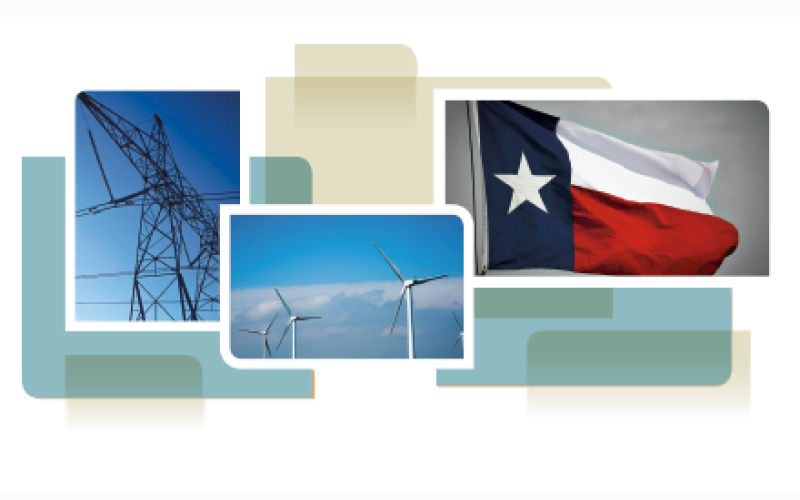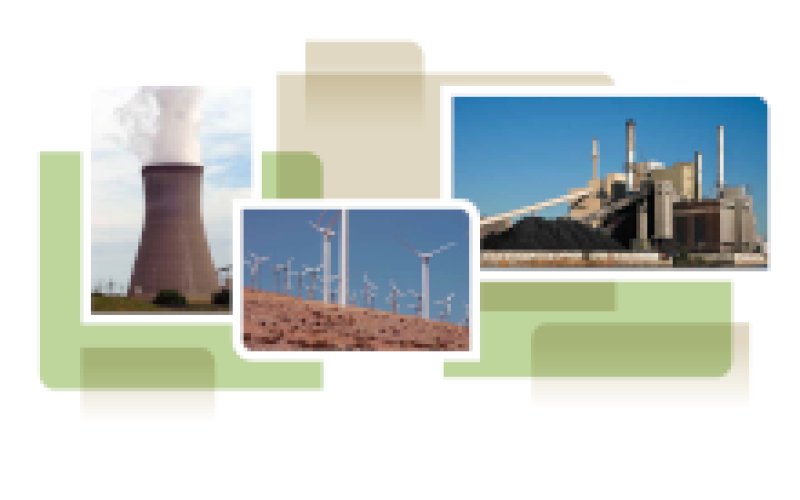
Capital Expenditures
The Full Cost of Electricity study seeks to quantify the costs associated with different generation technologies, and how those costs interact with the cost of electric delivery, consumption, and to determine the total direct and indirect costs of electricity.
One of the main components of the Full Cost of Electricity is capital expenditures for equipment that is used to generate or deliver electricity. Capital expenditures include the upfront cost of generation technologies, utility poles, electrical wires, substations, transformers, and other electrical equipment, as well as long-term interest payments required to finance upfront capital costs.
The Full Cost of Electricity study seeks to quantify the capital costs of the electricity system and how they affect decisions and interactions with other cost factors to determine the total direct and indirect costs of electricity.
Electric utilities pay for capital expenditures using revenue generated from sales of electric energy and power to end-use customers. Residential customers are typically charged a fixed or tiered price per kilowatt-hour of electric energy they consume while commercial and industrial customer prices usually also account for peak power demand. A portion of the retail price charged is allocated to cover the debt accrued from initial investments in equipment used to generate and then deliver electricity to the customer. The remaining portion of the retail price is allocated to cover operating expenditures, fuel, and other recurring costs.
Notably, there is a significant time lag between when new electric generation or delivery investment decisions are made and when revenue from energy sales pays off those investments. Thus, unexpected changes in electricity use or the introduction of customer-owned forms of electricity generation can disrupt the traditional business model that is used to pay for capital expenditures.
Related Energy Institute Publications

Capacity Expansion and Dispatch Modeling: Model Documentation and Results for ERCOT Scenarios

EPA’s Valuation of Environmental Externalities from Electricity Production

Estimation of Transmission Costs for New Generation

Federal Financial Support for Electricity Generation Technologies

Future Utility Business Models

The History and Evolution of the U.S. Electricity Industry

New U.S. Power Costs: by County, with Environmental Externalities
Download a PDF of the full white paper.
Read a related blog post at IEEE Spectrum
Journal Publication:
Rhodes, Joshua D., King, Carey, Gülen, Gürcan, Olmstead, Sheila M., Dyer, James S., Hebner, Robert E., Beach, Fred C., Edgar, Thomas F., Webber, Michael E.. “A geographically resolved method to estimate levelized power plant costs with environmental externalities,” Energy Policy, 2017, 102 (March 2017), 491-499, doi: 10.1016/j.enpol.2016.12.025. View paper free online here or download PDF.

